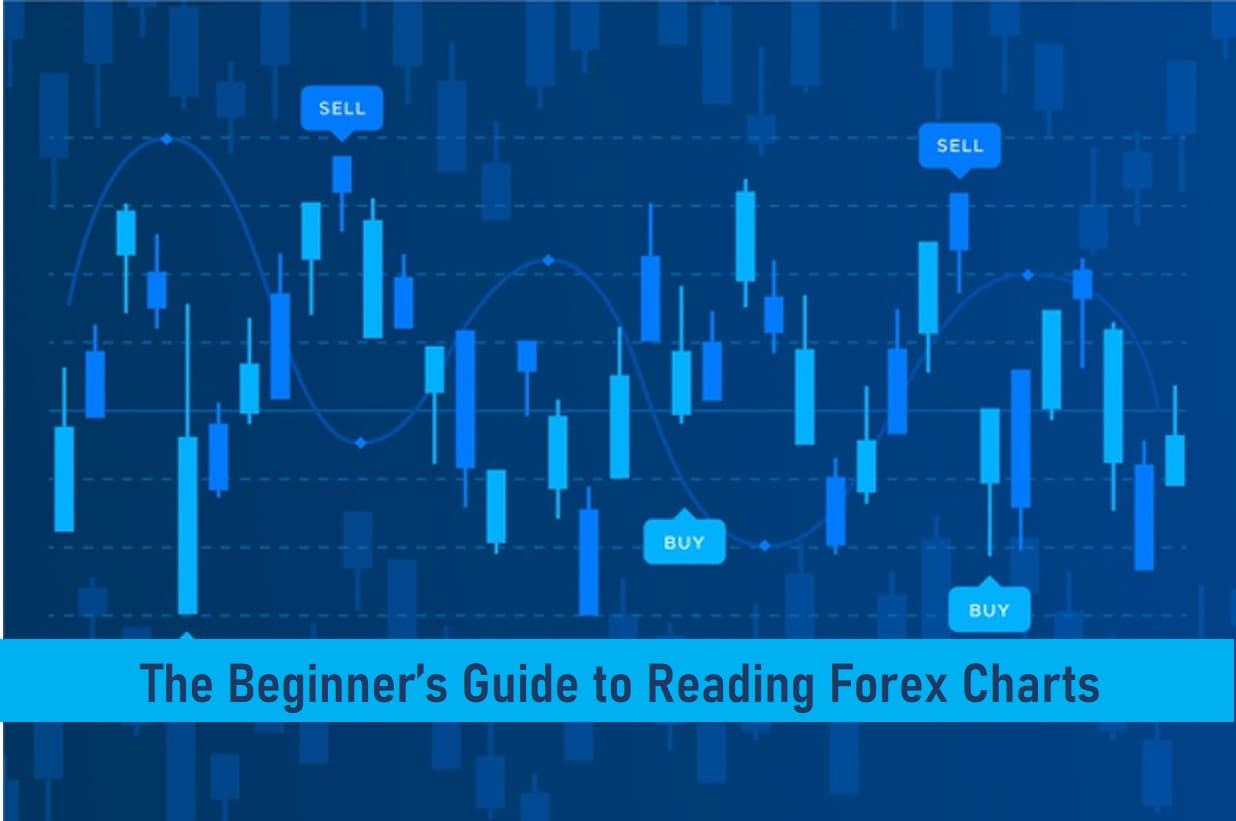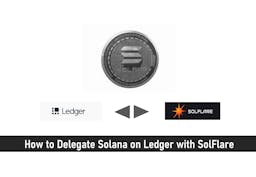
Before we delve into reading forex charts, it’s vital to get the basics on the forex market and how it works, then we will proceed with reading and understanding charts.
How the Forex Market Works
The Forex market or Fx as it is fondly called, is a decentralized global market where various currencies are exchanged with each other. In the Fx market, the world’s major, minor and exotic currency pairs are exchanged against each other.
As long as countries decide to do business with each other, currencies must be exchanged. For example, a sugar importer in Spain needs to exchange his Euros for the USD to enable him to import from an exporter of sugar in Brazil.
The same goes for a British tourist who wants to experience wildlife in Kenya, the tourist needs to exchange British Pounds for the Kenyan Shillings since Pounds is not the official currency in Kenya.
You do not need to be a Forex trader by profession to initiate an Fx transaction, it occurs every day all around the world. Currencies are traded globally and electronically which could be referred to as Over-the-Counter.
All transactions occur round the clock (24 hours), 5 days a week, across all time zones. This means that when the forex market in New York closes, the forex market in Tokyo opens.
All this happens because of different time zones, thereby making the market active as currency quotes change rapidly at the tick of the clock.
Over $6.6 trillion is traded every single day in Options, Forwards, Swaps and Commodities making the Fx market the largest and the most liquid in the world.
The Currency Majors and Exotic pairs
In currency trading, a few currency pairs are the most dominant amongst all trades. These currency pairs are called the currency “Majors”. The majors are:
- EUR/USD (Euro/U.S. Dollar)
- USD/JPY (U.S. Dollar/Japanese Yen)
- GBP/USD (British Pound/U.S. Dollar)
- USD/CAD (U.S. Dollar/Canadian Dollar)
- USD/CHF (U.S. Dollar/Swiss Franc).
- AUD/USD (Australian Dollar/U.S. Dollar)
- NZD/USD (New Zealand Dollar/U.S. Dollar)
Since the currency market is global, many other currencies are also featured in the forex market although not so active as the majors. These currency pairs are called “The Exotic pairs”:
- USD/TRY (US Dollar/Turkish Lira)
- USD/HKD (US Dollar/Hong Kong Dollar)
- USD/NOK (US Dollar/Norwegian Krone)
- USD/DKK (US Dollar/Danish Krone)
- USD/ZAR (US Dollar/South African Rand)
- USD/SEK (US Dollar/Swedish Krona).
- USD/SGD (US Dollar/Singapore Dollar)
- USD/INR (US Dollar/Indian Rupee)
- GBP/INR (British Pound/Indian Rupee)
These currency pairs are exotic because they are not traded as heavily as the majors. It’s important to note that the transaction costs and swap fees of these exotic pairs are 2-3x higher than the currency majors. These exotic pairs also have varying levels of volatility and as such, fewer trades are initiated with the exotic currency pairs.
As a beginner, it’s best to stick with the currency majors. Technical analysis and historical currency behaviors are readily available on the former. The majors are better analyzed and understood by most traders which should be easier for you to learn first. It’s best to start with the majors.
Understanding Currency Quotes
You may have come across currency quotes, lets look at these examples below:
A. USD/GBP=1/0.8105
B. USD/CAD=1/1.3800
C. AUD/EUR=1/0.6010
These are currency quotes. In “A”, the first currency (USD) is called the “Base currency” while the Second (GBP) is called the “Counter currency”. What this means is that the USD for example exchanges at 0.8105 GBP. It means that the value of the British Pound (Counter) in the first quote is stronger that the USD (Base).
The second example USD/CAD=1/1.3800 clearly shows that, one needs more Canadian dollars (1.3800) to exchange for the USD.
The third example AUD/EUR=1/0.6010 reveals the opposite of the second example. EUR (Counter) is stronger than the Base currency, Australian dollar.
As a beginner venturing into trading forex, try to learn how to read and understand currency quotes when you see them, you obviously will see them more often as you progress with trading forex part-time or as a full-time career.
Types of Charts and How to Read Them
Reading and understanding Forex charts is a beginner’s nightmare, the leap, and plunge of trading indicators, tickers on live chats are somewhat intimidating for a first-time trader.
It’s important to know that reading the forex chart is a form of technical analysis. We will explain 3 types of forex charts available for technical analysis.
- Forex Line Charts

This type of forex chart seems to be the most comfortable especially for beginners. In forex line charts, visible lines are used to show the closing prices of a currency pair and the direction of the market for a period.
Most line charts can read forex historical trades for up to 5 years; however, a typical forex line chart can display hourly, daily, weekly, monthly, quarterly and annual trends for series of currency pairs. For a more technical analysis about a currency pair and possible decision making, one needs to read a more detailed forex chart to read.
- Forex Bar Charts

Beyond the closing price and studying the direction of the forex market, the forex bar charts gives better insight into the currency highs and lows during trading hours.
This means that one can determine the highest attained price of a currency pair and the lowest within a time frame. This helps a trader to predict possible highs and lows of a currency pair and determine his entry and exit strategy.
Bar charts also feature a vertical bar that indicates the trading range while the horizontal hash on the left and the right displays the opening and closing prices respectively.
Forex bar charts aids better technical analysis especially in setting a stop-loss. As a beginner, reading forex charts is mandatory to successful trading, it is your compass and road map to profitable trading. When you understand the forex line chart, start developing your chart reading skills with the bar chart.
- Forex Candle Sticks

On more advanced trading platforms, one tends to find the forex candle sticks prominent on the screen. The forex candle sticks has become an expert trader’s favorite.
The candlesticks are a cleaner version of the bar charts, they have a better interface and colored graphics. If you understand the bar charts, then candlesticks should not pose a problem. The forex candlesticks indicate open and close prices, highs and lows as well.
The height of the candlestick indicates the trading range for the period while the body shows the distance between the opening and closing price of a single currency pair.
When a currency pair opens and closes at different price values, the colors of the bars change. For example, most trading software display a “high” in green and a low on “red”.
Reading forex bar charts should be not pose a serious challenge once you master the line, bar and candle stick charts.
[table id=4 /]
Forex Chart and Time Frames
Dwelling more on technical analysis, forex trading time frames are graphical representations of price activity on a 5,10,15 mins duration. These short time frames reveal price movements in quicker successions and help a trader see closely the highs, lows, open, and closing prices.
These shorter time frames are a day-trader’s favorite since she or she would look out to close all trades within the 24-hour mark. But beware that shorter time frames are not always the best way to judge the behavior of currency pair.
Longer time frames are a Swing trader’s favorite because they are more reliable. However, his technical analysis starts off from the shorter time frame and progresses to weekly, biweekly, monthly charts, and so on. Periodic forex charts keep him abreast of historical price trends.
Forex Trading Risks
You might have come across this disclaimer mostly on forex brokers websites:
“Trading can be risky”
“Your capital is at risk”
“Invest only what you can afford to lose”
This goes to say that trading currencies has its downsides. With the frequency and speed of trades so is the volatility witnessed across a variety of currency pairs either major or exotic.
Are you considering trading forex or you are already trading with a platform of your choice? it’s important to develop your own risk management strategy, trade with caution, avoid taking on too much leverage, and know when to cut your losses.
Another way to minimize your risk of losing money is joining a social trading platform where you can link your trading account to a senior and much experienced trader.
How this works is simple, when you deposit a certain sum in your account say $100, when the experienced trader trades a lot size, the profit or loss he or she makes reflects in your own account. This is a good way to test the waters at the beginning, make money while you learn the ropes.
For forex brokers, it is expected that all forex brokers in the U.S. are registered with the National Futures Association (NFA) and is also a member of the Commodity Futures Trading Commission (CFTC) as a Retail Forex Exchange dealer.
In some parts of the world, forex trading is not standardized and unregulated. This poses a problem; some small retail trades do re-quote prices and trade against their own clients.
These are one of those sharp practices that a beginner trader should be wary of. One should ask questions in grey areas and check for reviews about a series of forex brokers before signing up with one.
It’s also advisable to test out your service or ask a friend that might have before committing your hard-earned money in forex trading through a broker.
Image credit: Background vector created by freepik – www.freepik.com
Read More





